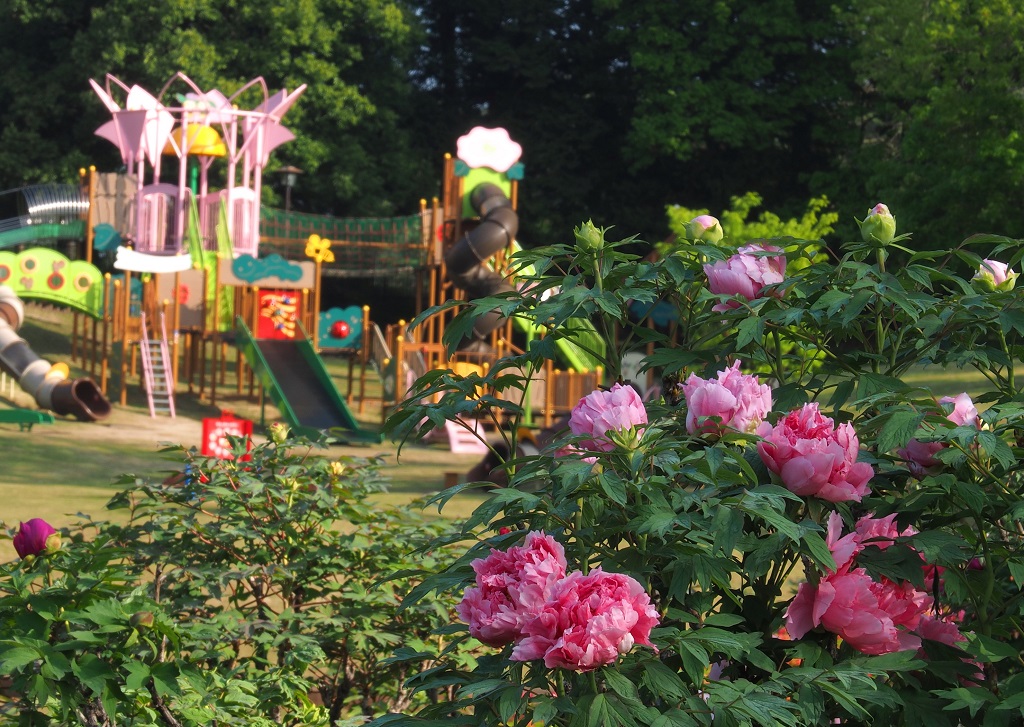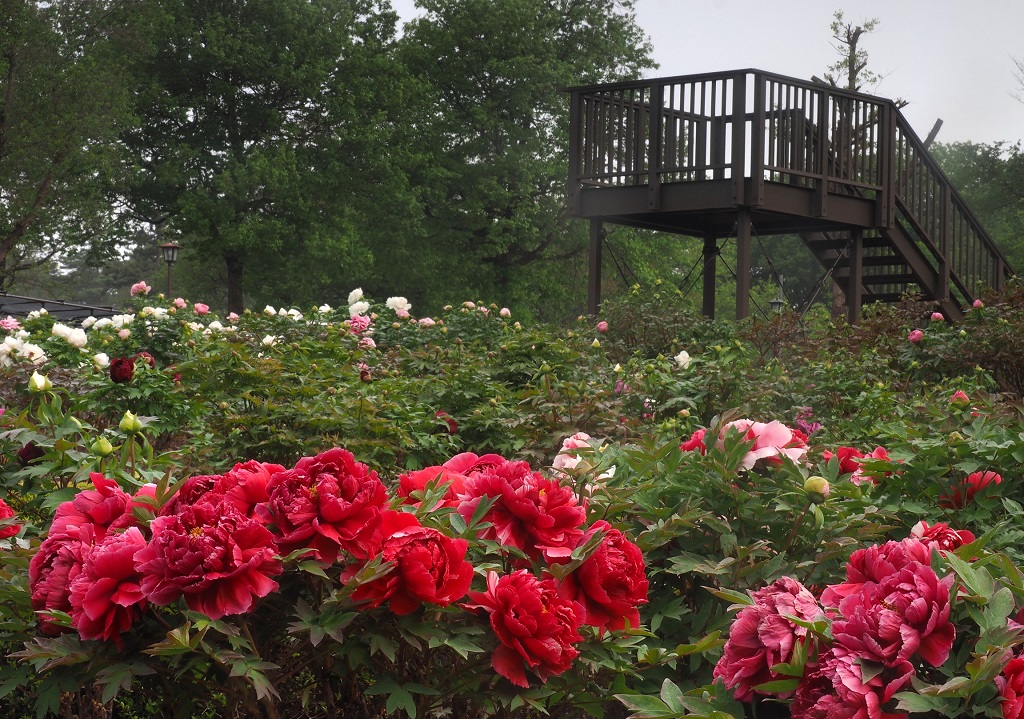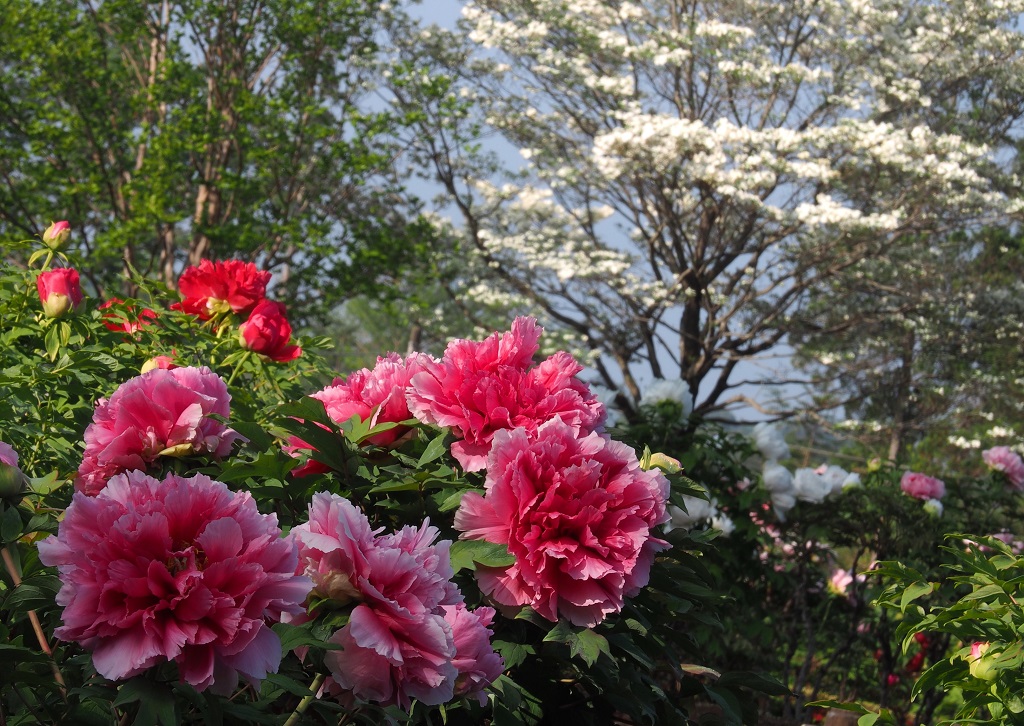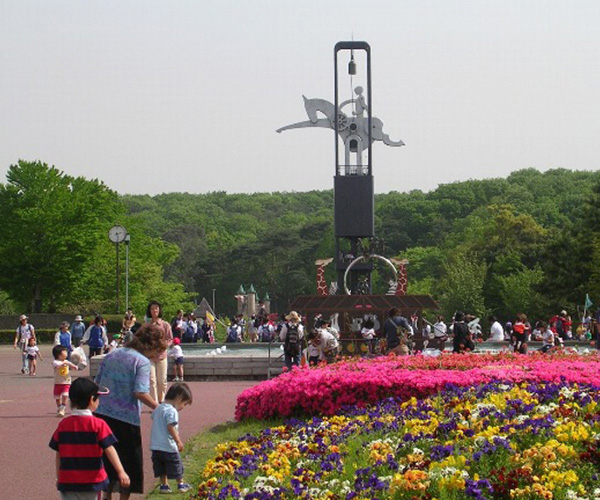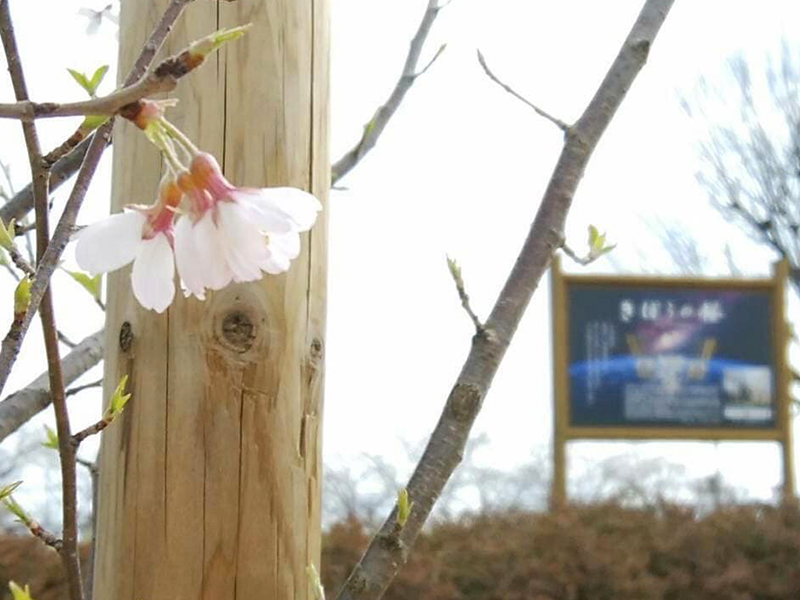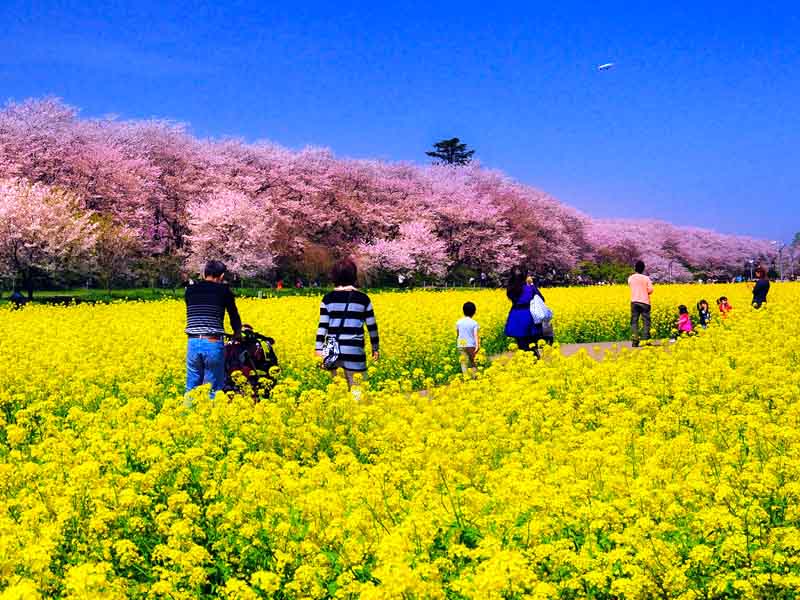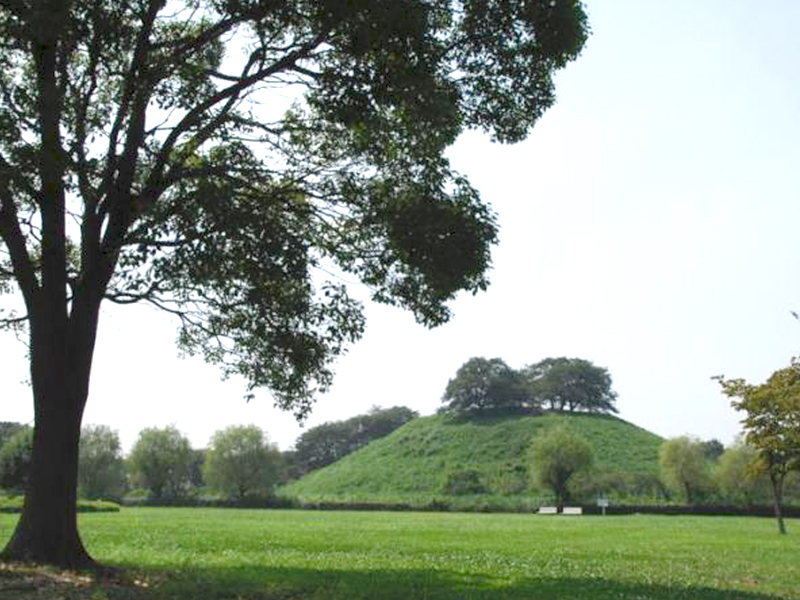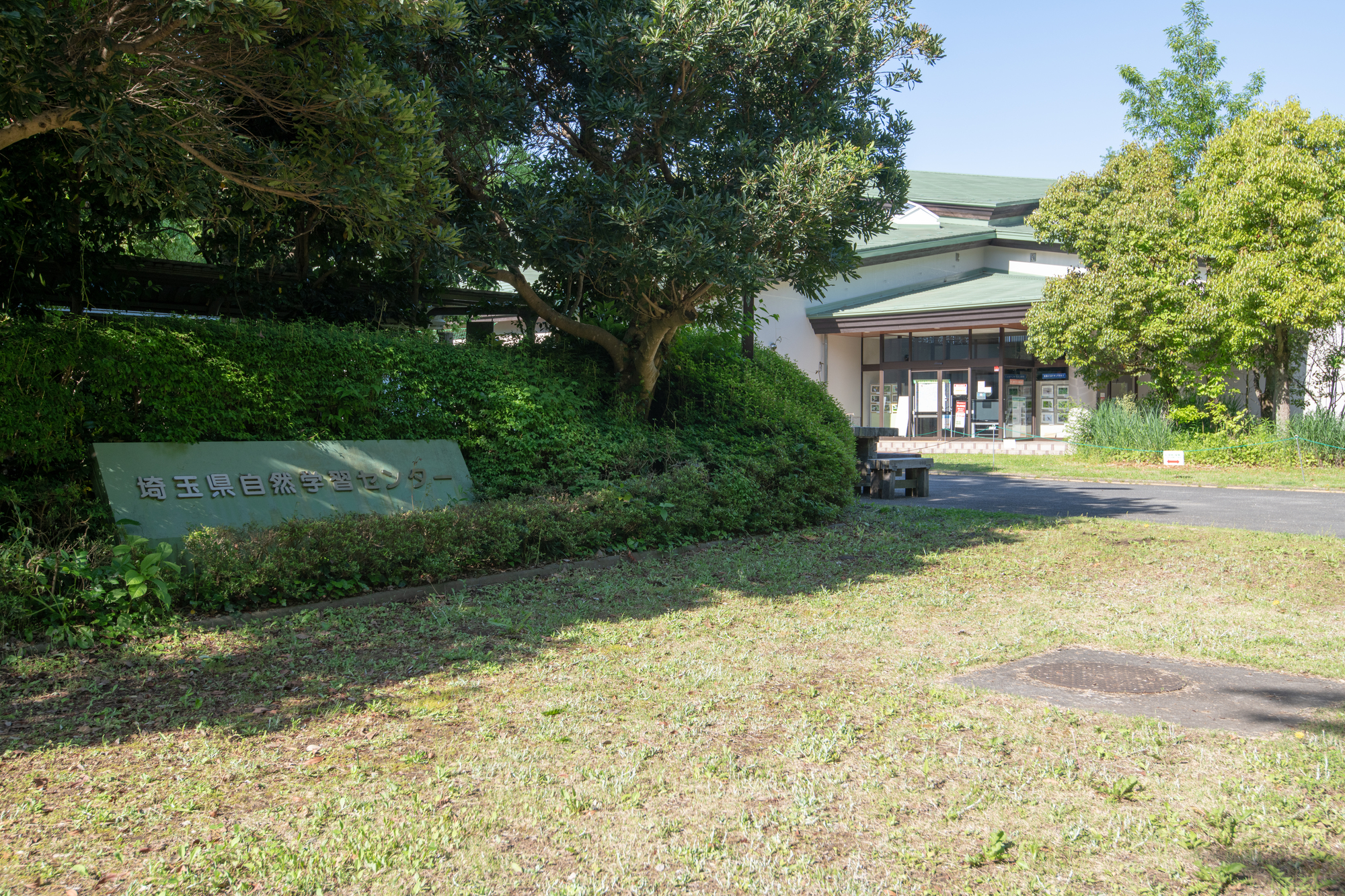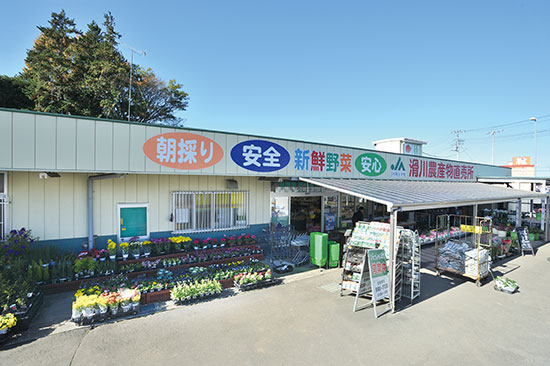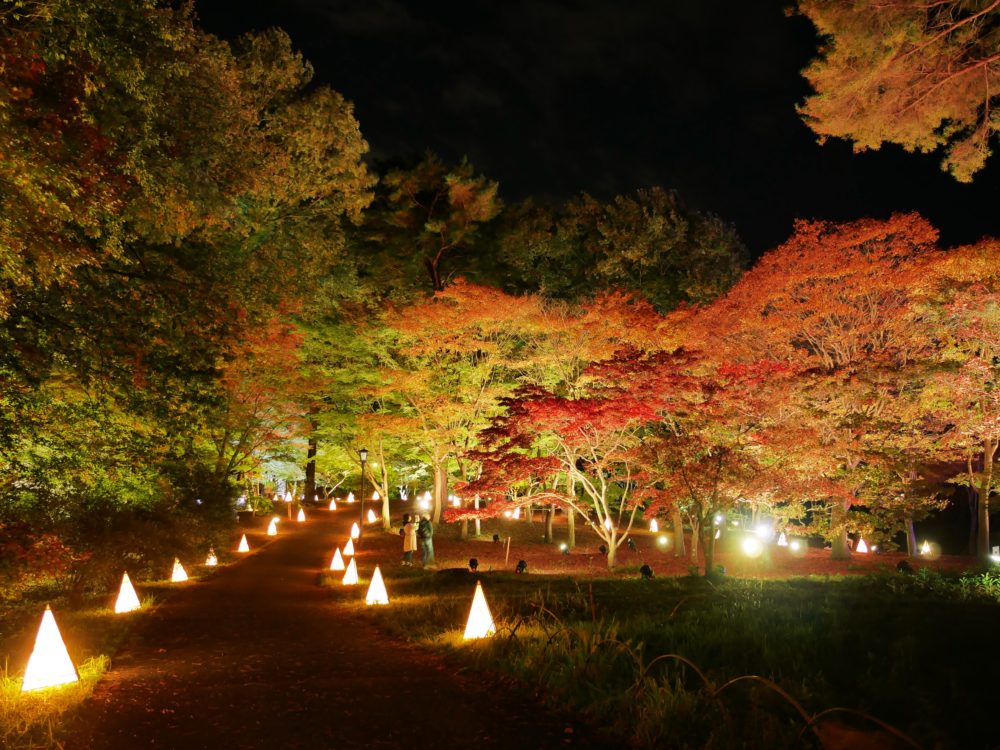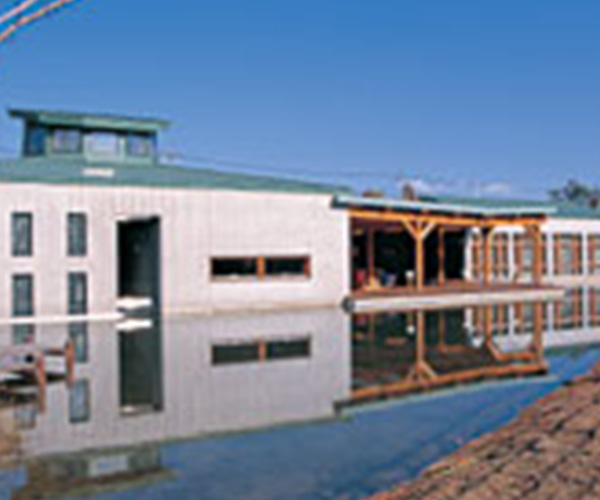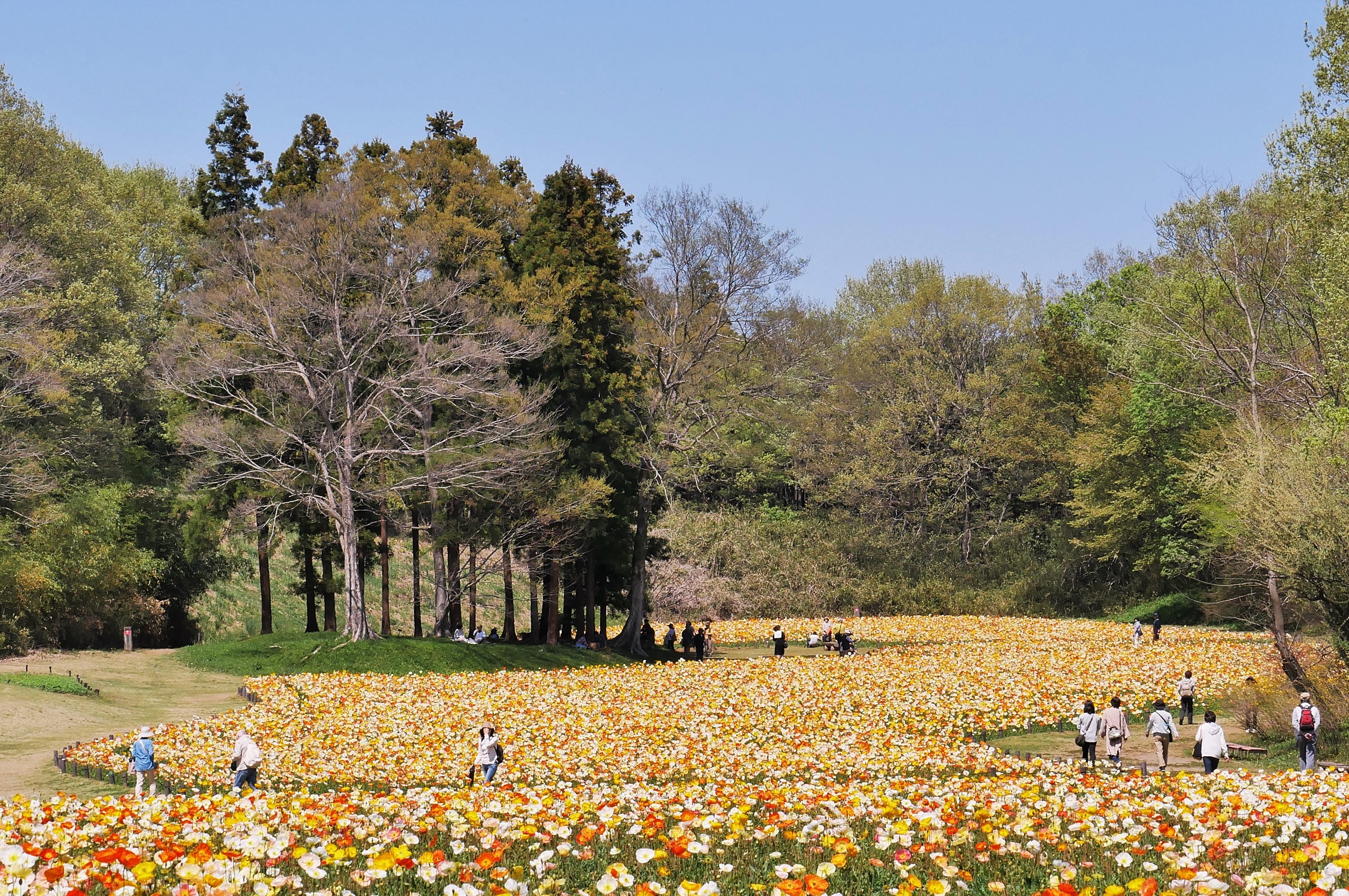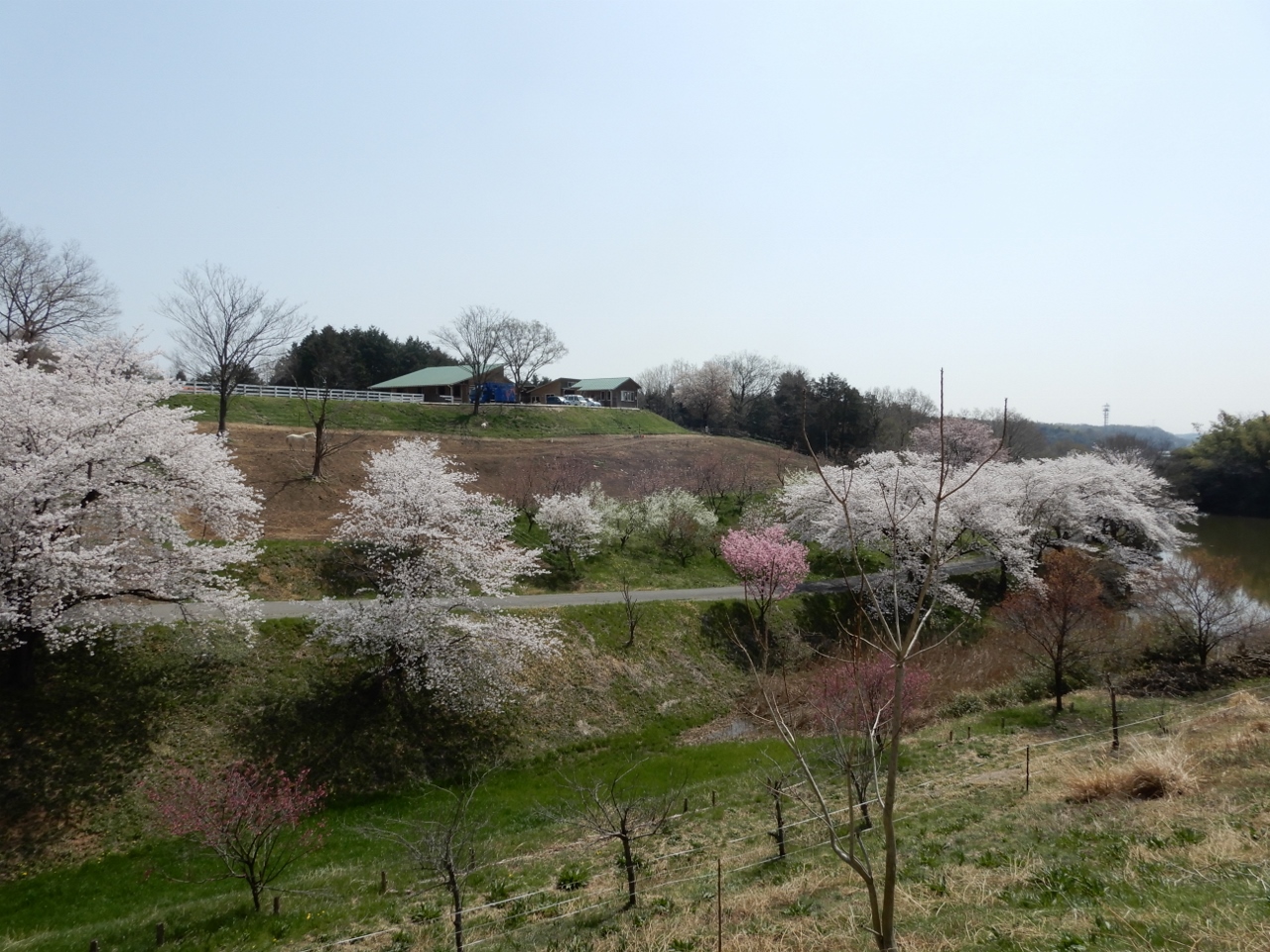Higashimatsuyama Peony Garden
sightseeing
Opened in 1990 as part of efforts to promote the official city flower, the peony (botan). A prominent peony park in the Kanto region, roughly 30,000 square meters of colorful peonies bloom from mid-April to early May, culminating in the Peony Festival (botan matsuri) during peak bloom. Throughout the year, visitors can also view hydrangea, Japanese maple and wintersweet, and enjoy facilities such as a large playground complex, an open lawn, and an observatory.
Basic Information
Location
Higashimatsuyama Ōtani 1148-1
TEL
0493-81-7607
FAX
0493-81-7609
Business hours / Fee
Business hours
8:30 ~ 17:30 (Fee required during this period)
Fee
Adults 500 yen Elementary・Middle School Students 100 yen Group 300 yen (Adults of more than 20) *Fee will be charged only during periods of when peonies are in bloom
How to get there
Public transport
Get out of the East exit of Higashi Matsuyama Station and take the local bus taking the Ōya course and get off at “Higashi Matsuyama Botan-en Minami” and it is a 10 minute walk from there
Car
About 15 minutes from Higashimatsuyama Interchange of Kan-Etsu Expressway
Parking
Regular Cars 330 spaces / Large Cars about 5 spaces
Free
Free
Universal design
Wheelchair rental
〇
Wheelchair-accessible slope
〇
Wheelchair entry
〇
Wheelchair parking
〇

